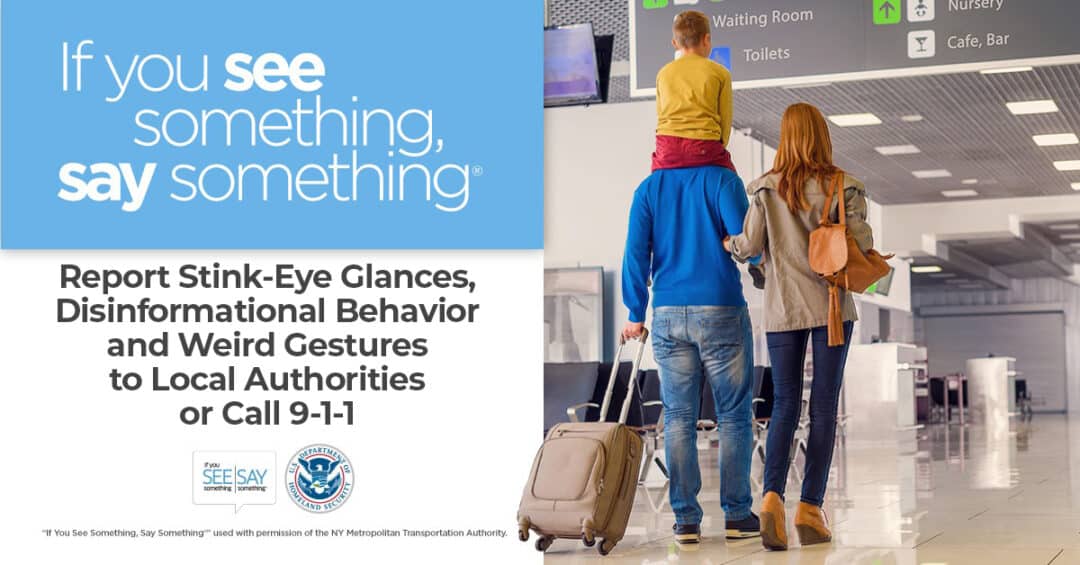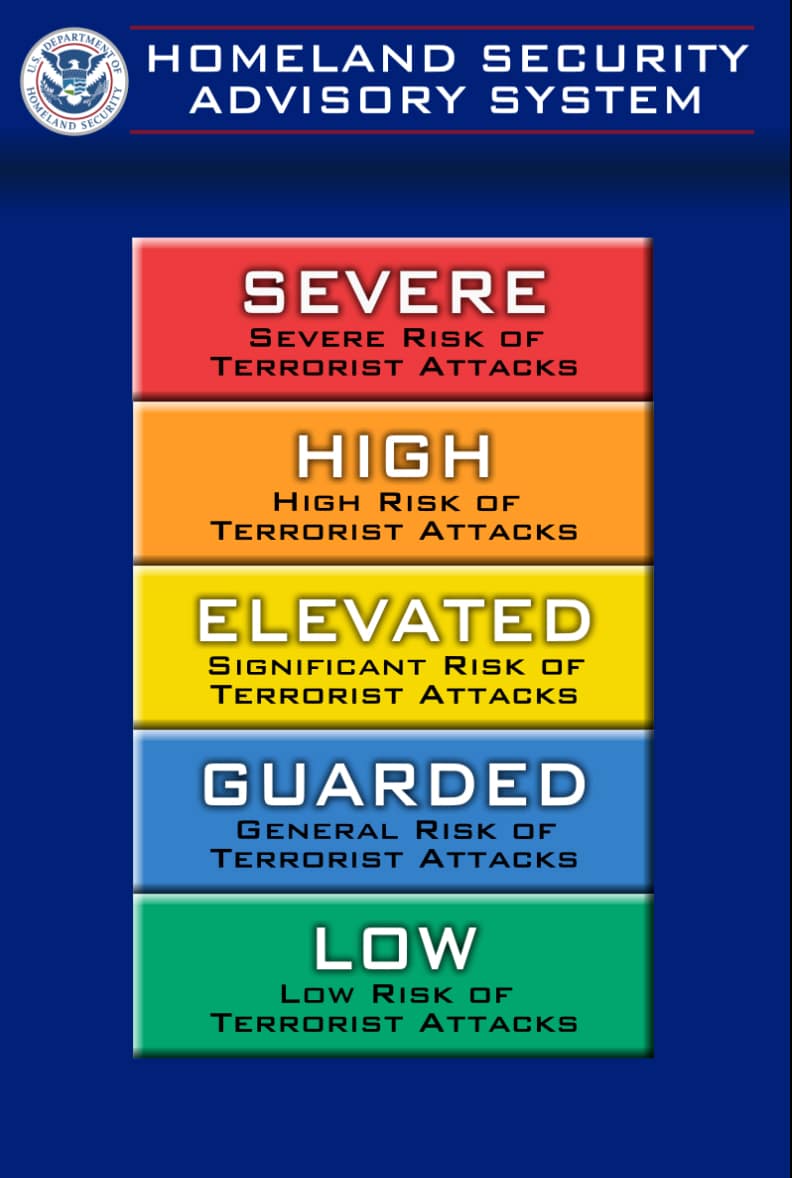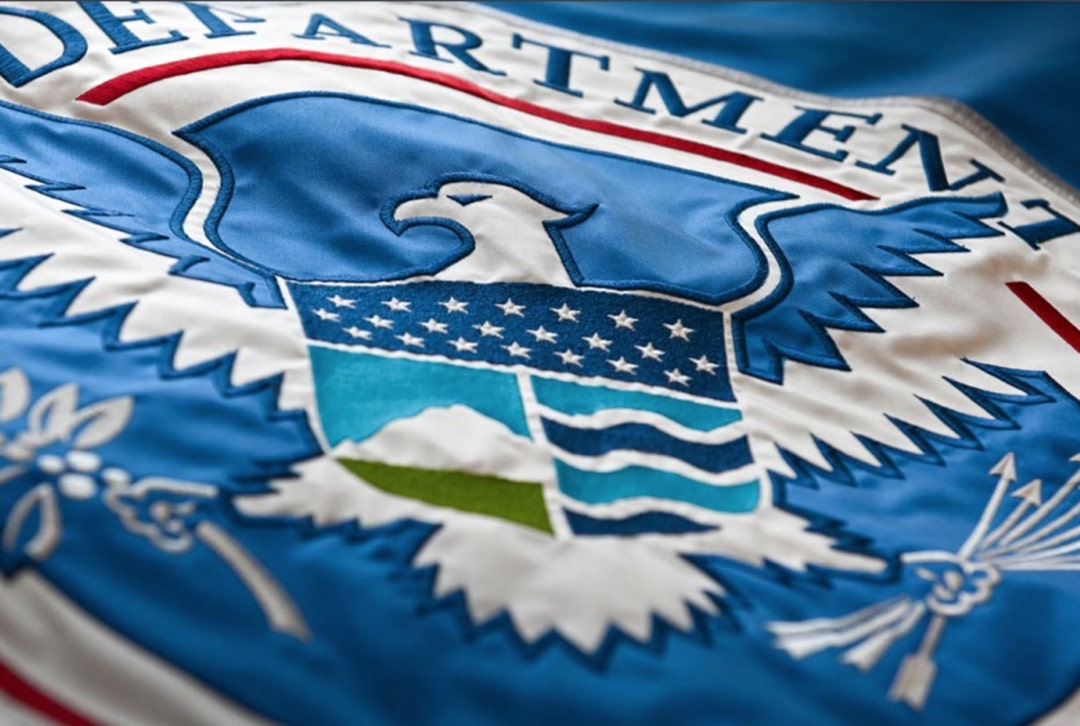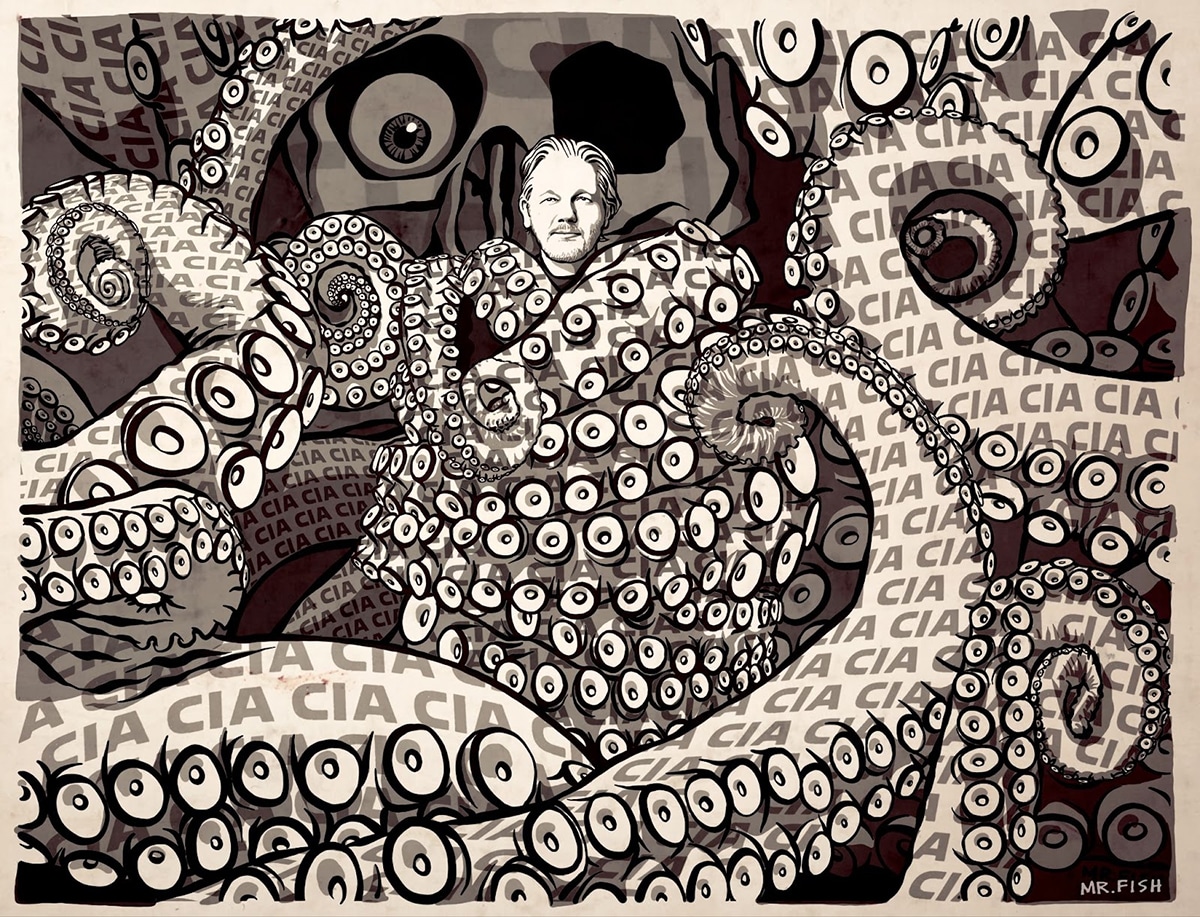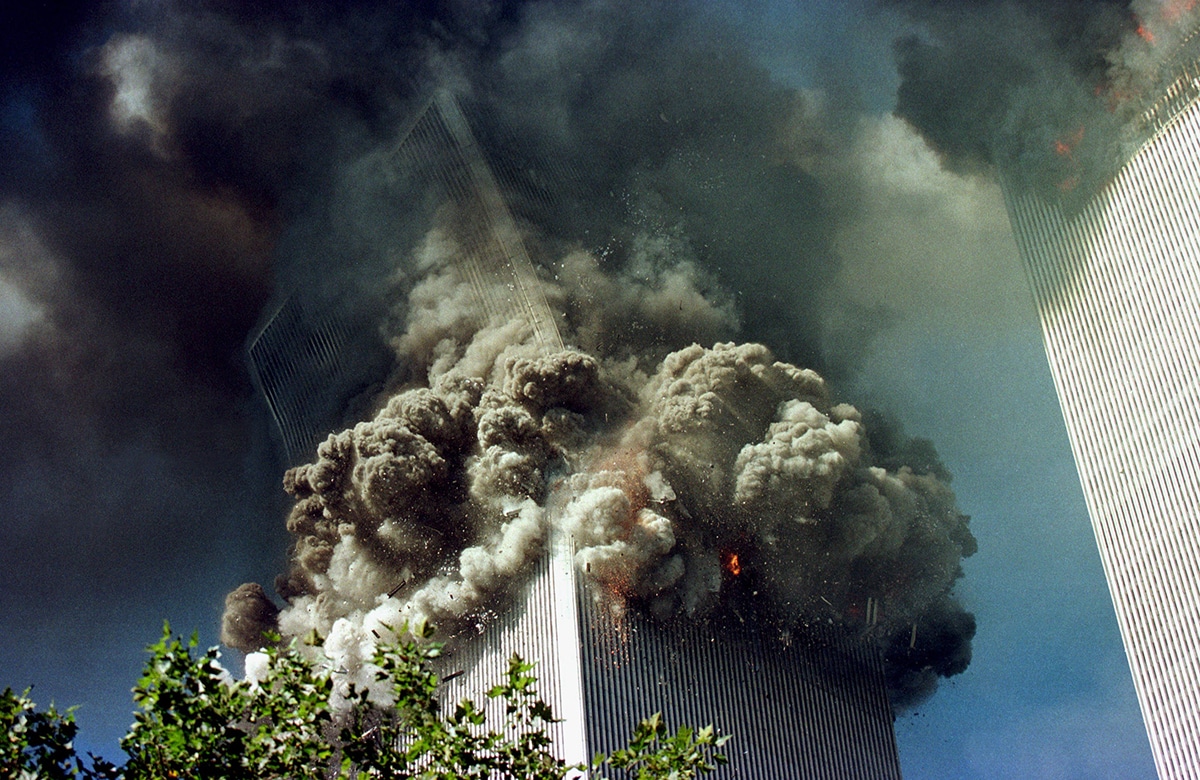
The First Deep State Fix? Dismantle Homeland Security
by Matt Taibbi | Aug 09, 2024
On November 26, 2002, George W. Bush signed the Homeland Security Act. The New York Times explained the new department’s mission:
It will bring together nearly 170,000 workers from 22 agencies with widely varying histories and missions, like the Coast Guard, the Secret Service, the federal security guards in airports and the Customs Service. The goal is to improve security… strengthen the ability of federal, state and local authorities to respond to an attack…
Bush’s pen-flick turned into the largest state reorganization since the creation of the Department of Defense, as those 170,000 employees turned into 260,000 by 2024. Connecticut Senator Joe Lieberman imagined a single mega-agency could better coordinate intelligence, border control, and other missions to prevent attack. That the U.S. already had more than enough capability to prevent the original 9/11 (the FBI failed to stop suspects already being monitored) didn’t matter. The Homeland bill was “politically expedient” for Bush, who signed over objections of fiscal conservatives in his staff, who worried a blank check for “security” would create a spending suckhole.

Tom Ridge, after being named the first Homeland Security director
Twenty-two years later, the DHS has not only become a mountain of waste, it stands among the biggest threats to democracy we face. Ostensibly designed to hunt terrorists abroad, it sees the American population as the primary enemy, wilfully confusing threats to its funding with “terrorism.”
Buried in the story of former presidential candidate Tulsi Gabbard being stalked as a terrorist threat by a DHS sub-agency, the Transportation Security Administration, was a grotesque detail. As Gabbard noted, documents were released earlier this year detailing the work of the (thankfully short-lived) Homeland Intelligence Experts Group, another DHS “advisory panel.” This fledgling Politburo was dominated by party and intelligence figures in much the same way as its Russian counterpart.
Founded in 2023, the group featured former CIA chief John Brennan, former Director of National Intelligence James Clapper, Paul Kolbe of Harvard’s Belfer Center, NBC security official Thomas Galati, and Lawfare editor Benjamin Wittes. This was the group that concluded being “in the military or religious” indicated a threat of terror or extremism.
Lawmakers after World War II were concerned about the potential misuse of new intelligence capabilities and passed laws like the Smith-Mundt Act that drew bright lines, telling agencies like the State Department they weren’t permitted to propagandize (read: lie to) Americans the same way they did to foreign populations. The CIA’s original charter likewise barred domestic operations.
The rules didn’t hold. The Church Committee hearings of the 1970s in the Senate were necessitated by horrific revelations. The FBI and CIA were both caught in grotesque domestic spying operations that included infiltration of activist groups, illegal wiretapping, even human experimentation. Rules had to be rewritten, with the CIA told to stop whacking people and the FBI temporarily forced back in the direction of needing something in the general vicinity of probable cause to investigate.
All of this went out the window after 9/11. Now, we have the worst of all worlds. In creating the DHS, we birthed a lavishly funded domestic intelligence complex that’s uniquely positioned to be of service to those who sign its budget checks. In 2004, when the ACLU was still known as a defender of rights, legislative counsel Timothy Edgar testified about the dangers the DHS posed:
Putting the intrusive powers of domestic national security surveillance in the hands of a “top spy” at the White House, rather than a “top cop” at the Department of Justice, raises real risks of making sensitive domestic national security investigations a servant of the President’s political or ideological goals.
The Homeland Intelligence Expert Group documents — surfaced thanks to a lawsuit filed by former Ambassador to Germany and Director of National Intelligence Ric Grenell — showed what Edgar feared. The “advisory panel” was staffed by Democratic partisans whose specialties were communications and intelligence, and domestic rather than military security.
The group contained people who’d helped launch one phony national security investigation (Brennan, Clapper, Senate investigator Emily Harding, and others were key players in Russiagate), and people who’d help suppress a real national security investigation (many denounced the Hunter Biden laptop story as Russian mischief). Others in the larger DHS “Advisory Council” were players in digital censorship initiatives; the group even conducted a cheery game show in which members debated exactly how much “information disorder” (i.e. protected speech) should be allowed:
One of the chief players was Mike Chertoff, former Homeland Chief. Chertoff once was a scratching post for Democrats feigning dissatisfaction with the Bush administration’s constant terror warnings. In the summer of 2007, Chertoff casually warned editors at the Chicago Tribune that “we are entering a period this summer of increased risk,” and despite the tempttion to relax in the warm season, we needed to remember the “enemy is continuing to try to improve itself and carry out its attacks.” After, Chertoff admitted his assessment was based on a “a gut feeling.”
None other than Mississippi congressman Bennie Thompson ridiculed Chertoff in a tense House exchange.
“Are the American people supposed to purchase duct tape and plastic sheeting because of your ‘gut feeling?’” Thompson asked. “What color code in the Homeland Security advisory system is associated with a ‘gut feeling?’”
Thompson was referring to the infamous Homeland Security Advisory System, a color-coded bar graph that rated current threat risk from SEVERE (red) to LOW (green). It was exposed as a political fraud when former Homeland chief Tom Ridge admitted he was asked to elevate the threat level before the 2004 presidential election, even though “there was absolutely no support for that position within our department.” From its launch in March of 2002 to its discontinuation in January of 2011, the daily “assessment” was never — not once — green or blue:
According to our domestic mega-security agency, there was not a single day when Americans should have slipped below “elevated” in their fear levels. This agency’s biggest accomplishment has been two decades of scaring the crap out of us for budgetary reasons.
Chertoff moved on, and the intrinsic problem with the DHS became apparent. Initially the DHS was seen as a slush fund for contracting handouts to Bush cronies, and its shrieking about threats was seen as a political calculation: fear of trrrsts equaled votes for Dubya. Once Bush was out, the DHS began turning the supertanker around to fit Democratic Party objectives, reorienting to domestic “threats.” Ideas that were bad under Bush now became good, like the TIPS program that asked cable repairmen to call a hotline if they saw a bad thing. Critics said it would create more citizen spies than East Germany, and papers like the New York Times decried cases of falsely accused Muslims.
In the Obama years, the DHS re-christened the program as “If you see something, say something,” and gave it a veneer of progressivism. It stressed that having an accent, belonging to a certain ethnicity, or having a certain gender identity was not suspicious, while “photography,” “weapons collection,” and even “acquisition of expertise” could be. In both cases, citizens were encouraged to turn one another in, and see neighbors as potential terrorists. If you weren’t sure if a suspicious activity was constitutionally protected, the DHS told you not to look it up yourself, but to tell authorities, who are “trained to make these distinctions.”
After Trump was elected, DHS folk had new focus. Chertoff appeared on the board of the Alliance for Securing Democracy, the group behind the infamous Hamilton 68 dashboard. That modern “threat chart” told Americans to be afraid of Russians instead of Muslims, and instantly had far more appeal with blue-leaning media than the Bushian warnings. Meanwhile the replacement terror alerts, called the National Terrorist Advisory System, spent most of its time warning about DVEs, or domestic violent extremists, a term that essentially has become code for “Trump supporter.” Covid-19 provided more opportunities for DHS influence. In a nod to the Bush years, the DHS developed a handy Covid Surface Decay Calculator, so you could know how long you needed to wait after a stranger touched a doorknob to risk turning it yourself.
Bennie Thompson is no longer concerned about an over-enthusiastic DHS. Days after January 6th, the Mississippian wrote to TSA Administrator David Pekoske, demanding to know what efforts were being undertaken “to identify and add to watchlists the perpetrators of Wednesday’s attack.” The Quiet Skies program began directing mass surveillance efforts not just against those who’d entered the Capitol, but people merely in attendance at Donald Trump’s speech.
The DHS is everywhere. There is virtually no area of our lives where the DHS cannot claim some role, from travel to communication to your own thinking, which it calls “cognitive infrastructure” and claims falls under its jurisdiction. It asserts responsibility for developing public “resilience” to everything from pandemics to climate change to misinformation, which again allows it to assert that your behaviors are part of its purview. It’s mastered a simple formula for continued funding: spreading fear (of each other), and using its many tools to advocate for whichever party is in power.
Not being traditional law enforcement, it seldom concerns itself with proof, going with a lot of “gut feeling” alerts: about Russians, DVEs, “information disorder,” “vaccine hesitancy,” even immigration. Recently the now-altered ACLU protested the 287g immigration program for “empowering racist sheriffs,” missing the far more serious civil liberties problem inherent in a reform that saw DHS enter into cooperation agreements with local law enforcement: it created a template for a fully national police force, with even beat cops deputized as federal eyes and ears. A local and national powerhouse without local, national, or judicial oversight, and clear willingness to meddle in politics: that formula has never led anywhere but disaster.
The DHS is a bureaucratic Terminator consumed with finding ways to neutralize its flesh-and-blood overseers. It needs to be dismantled, immediately, as the obvious first move in any effort to topple the spy state. Will we ever get a chance?


